From difficult areas open new directions
In the early winter days, Thien Long has the typical cold of the mountains. Above, the cinnamon slopes and acacia hills of the people are still a green color, steadfast in the monsoon.
In the small office of the commune, Ms. Hoang Thi Anh - Chairman of the People's Committee of Thien Long commune started the story of sustainable poverty reduction with us in a slow voice. She said: "Thien Long is still poor, but not all poor areas are deadlocked. Here we have forests, hard-working people, and things that, if we know how to take advantage of, will become strength."

Chairman of Thien Long Commune People's Committee (left) discussed with local people about techniques for planting and caring for cardamom under the forest canopy. Photo: Hoang Nghia.
Thien Long is a newly merged commune from three communes: Hoa Binh , Tan Hoa and Thien Long before. The new commune has a natural area of over 167 km², population of nearly 5,800 people. All 14/14 villages are in extremely difficult areas. When merging, the commune faced a reality: unsynchronized infrastructure, small-scale production, unstable income, the rate of poor households is over 12.6% and near-poor households is nearly 35%.
We asked, with such a reality, what can help the commune overcome? The commune Chairman said, it is not thanks to anything too special, but the core is to determine the right direction, and Thien Long's direction lies in the forest.
During the past term, the locality achieved and exceeded 16/20 key targets. The economy grew steadily, and the annual budget revenue exceeded the plan by more than 17%. Social policies were implemented properly, and people's lives gradually improved.
Forest economy becomes a pillar of livelihood
With more than 70% of its area covered by forest, Thien Long cannot develop in any other direction more suitable than relying on the forest advantages. Previously, people still planted acacia, anise, and black agarwood, but the production was fragmented, with low output and value. Now Thien Long has determined a commercial forest economic model, with cinnamon as the main tree, and anise, acacia, and black agarwood as important supplementary sources of income.
The Chairman analyzed that one hectare of cinnamon, if planted and cared for properly, can bring in hundreds of millions of dong after the harvesting cycle. That figure is not small for the people in the mountainous areas. When farmers have a stable income from the forest, they no longer depend on subsidies and do not struggle in a state of perpetual poverty.
Ms. Anh cited that during the past term, cinnamon output reached 640 tons, with average income per capita reaching more than 54 million VND/year. Not only cinnamon, many households have proactively planted large timber forests to increase the value of commercial timber, combined with raising buffalo for grazing and growing medicinal plants under the forest canopy, both taking advantage of land resources and creating diverse sources of income.

Thien Long commune chooses forest economy as a pillar, gradually creating a foundation for sustainable poverty reduction. Photo: Hoang Nghia.
The whole commune currently has 14 households maintaining the concentrated buffalo raising model, some households have expanded the scale to dozens of buffaloes. This model helps people be more proactive in raising animals, reduce risks, and increase stable income.
Thien Long also focuses on agricultural and forestry promotion, organizing technical training in the direction of "holding hands and showing work". People are instructed on varieties, processes, thinning, harvesting, and preliminary processing to maintain the quality of raw materials. With this direction, the commune is aiming to perfect OCOP products from cinnamon, star anise, and black jelly, linking products with businesses and markets.
Infrastructure and public services as levers for growth
Livelihoods can only be accelerated when infrastructure is smooth. Over the past 5 years, Thien Long has concreted more than 300 km of rural roads, many of which directly connect raw material areas with consumption points. In addition to transportation, electricity, clean water, schools, medical stations, etc. have all received investment with a total budget of tens of billions of VND.
In Thien Long, the motto “People do, the State supports” has become a strong driving force. People do not just wait to benefit but voluntarily contribute thousands of working days, nearly 3.6 billion VND and hundreds of tons of materials. They understand that investing in infrastructure today is so that their own products can move faster and sell for more in the future.
Administrative reform is also a highlight. By 2024, 100% of administrative procedures in the commune will be processed electronically, with the online payment rate reaching nearly 50%. This not only creates transparency, but also reduces time for people. "People do not have to go up and down many times, which is also a form of cost reduction," said Chairman of Thien Long commune.
Destination: sustainable poverty reduction
According to the Commune Chairman, Thien Long aims to continue creating a foundation for sustainable poverty reduction in the 2025-2030 period. “Sustainable poverty reduction means that people must be able to live off their own production. It is not about escaping poverty one year and then falling back into poverty the next year,” she said.
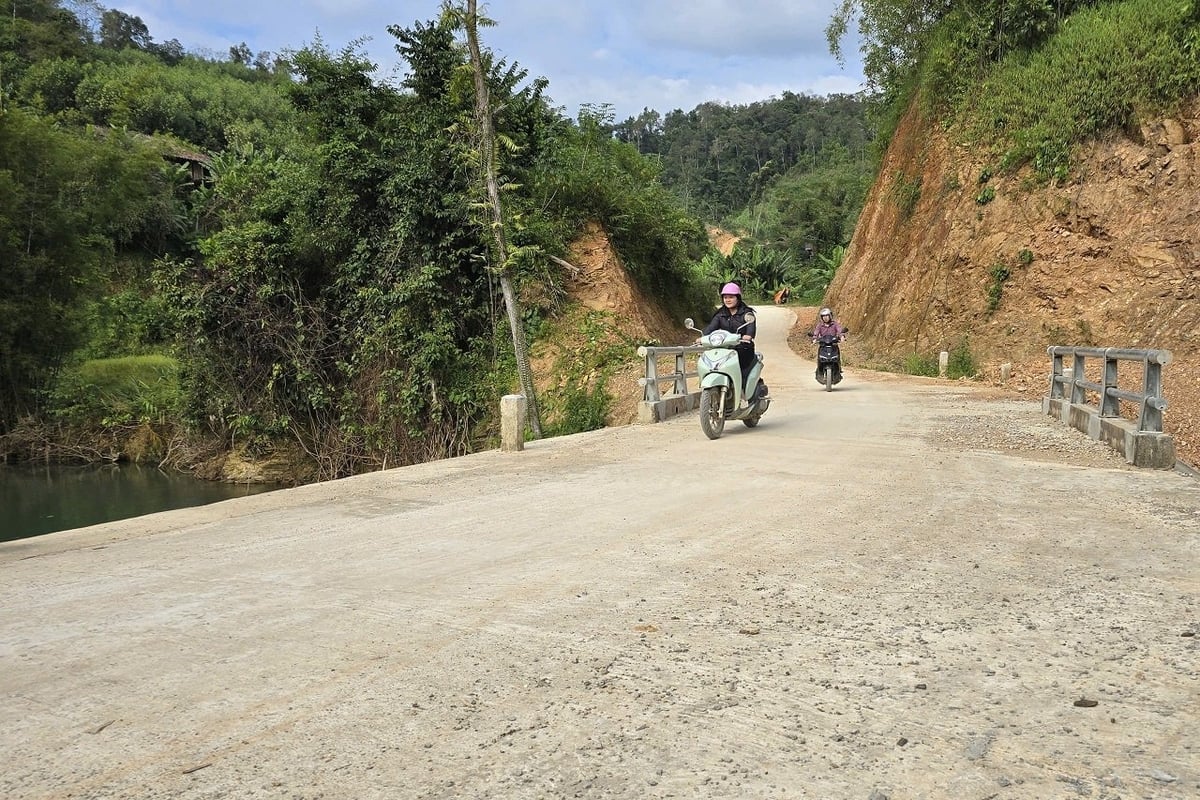
Many invested traffic routes in Thien Long have directly connected raw material areas with consumption points. Photo: Hoang Nghia.
Thien Long aims to have basically no poor households by 2030 according to multidimensional standards and an average income of 75 million VND/person/year. To achieve this goal, the commune has identified 4 main groups of solutions:
The first is to develop the forest economy associated with OCOP: planting 140 hectares of new forest/year, increasing the coverage to 81.35%, completing 3 OCOP products with 3 stars or more. The second is vocational training and improving human resources, by 2030, the rate of trained workers will reach 76%, of which 35-40% will have vocational certificates.
Third is to complete rural infrastructure, harden 100% of roads to village centers, invest in central markets and OCOP sales points to serve consumption, experience and community tourism. Fourth is to diversify livelihoods and effectively implement social security policies, preferential credit, encourage rural startups, and replicate cooperative models.
“We clearly identify that forests are the pillars, people are the center, and businesses are the driving force. When these three factors are linked together with infrastructure and digital data, Thien Long will gradually take the path to sustainable poverty reduction,” affirmed the Chairman of the People’s Committee of Thien Long commune.
Towards a sustainable future
In the afternoon when we said goodbye to Thien Long, the last rays of the day spread over the newly trimmed cinnamon hills. Some people were discussing expanding the area for growing cinnamon and acacia trees next year. Small stories like that are the signs of budding change. Thien Long cannot yet confirm that it has reached its destination, but it has taken concrete steps, has a foundation, has the driving force and determination of the entire political system as well as the people's internal strength.
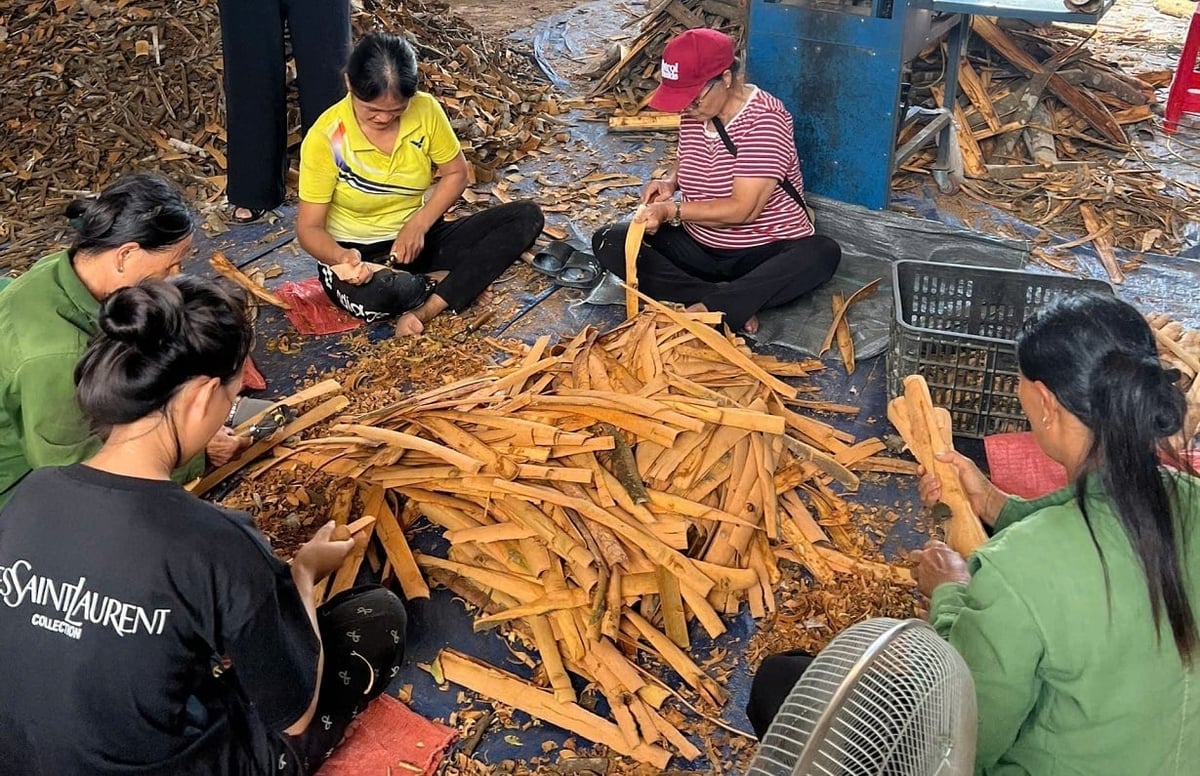
Thien Long people process cinnamon bark after harvest to prepare it for drying as raw material. Photo: Hoang Nghia.
With the direction of placing the forest economy as a pillar, combining infrastructure investment, public service reform and improving the quality of human resources, the goal of sustainable poverty reduction will no longer be a distant concept. That is a clear direction, a goal of the whole community in a mountainous commune with many difficulties, where every forest slope, every strip of land can become a livelihood if properly organized and implemented.
Thanks to efforts to organize production, invest in infrastructure and change economic thinking, all three communes before the merger recorded a significant decrease in the poverty rate. Of which, from 2021 to 2024, Hoa Binh commune decreased by more than 22.8%; Tan Hoa commune decreased by 7.8% and Thien Long commune by more than 5%.
Source: https://nongnghiepmoitruong.vn/thien-long-dat-tuong-lai-tren-kinh-te-rung-d782059.html





![[Photo] Opening of the 14th Conference of the 13th Party Central Committee](https://vphoto.vietnam.vn/thumb/1200x675/vietnam/resource/IMAGE/2025/11/05/1762310995216_a5-bnd-5742-5255-jpg.webp)






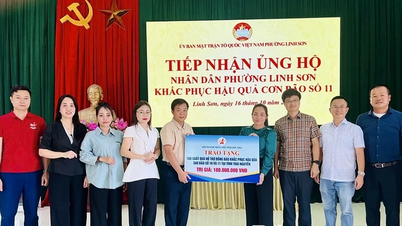

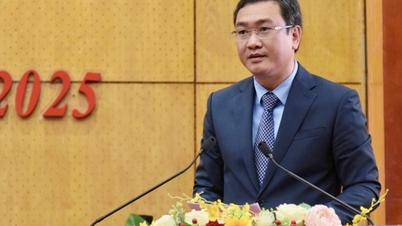













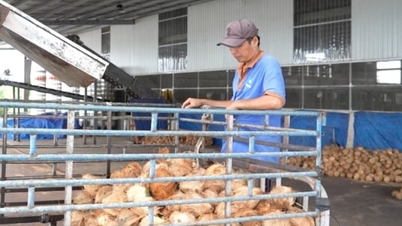




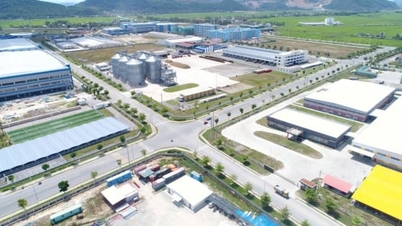
![[Photo] Panorama of the Patriotic Emulation Congress of Nhan Dan Newspaper for the period 2025-2030](https://vphoto.vietnam.vn/thumb/1200x675/vietnam/resource/IMAGE/2025/11/04/1762252775462_ndo_br_dhthiduayeuncbaond-6125-jpg.webp)




















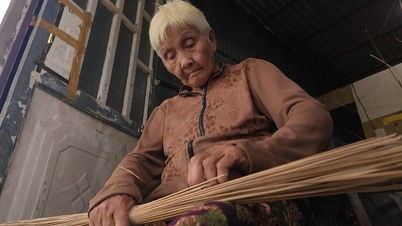




















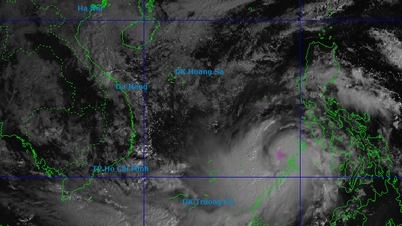







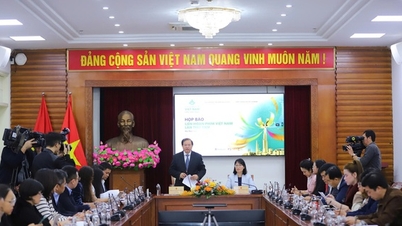







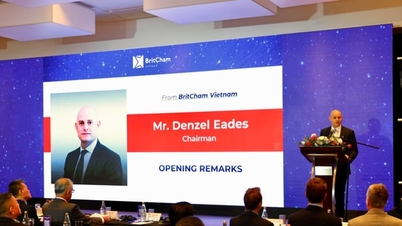














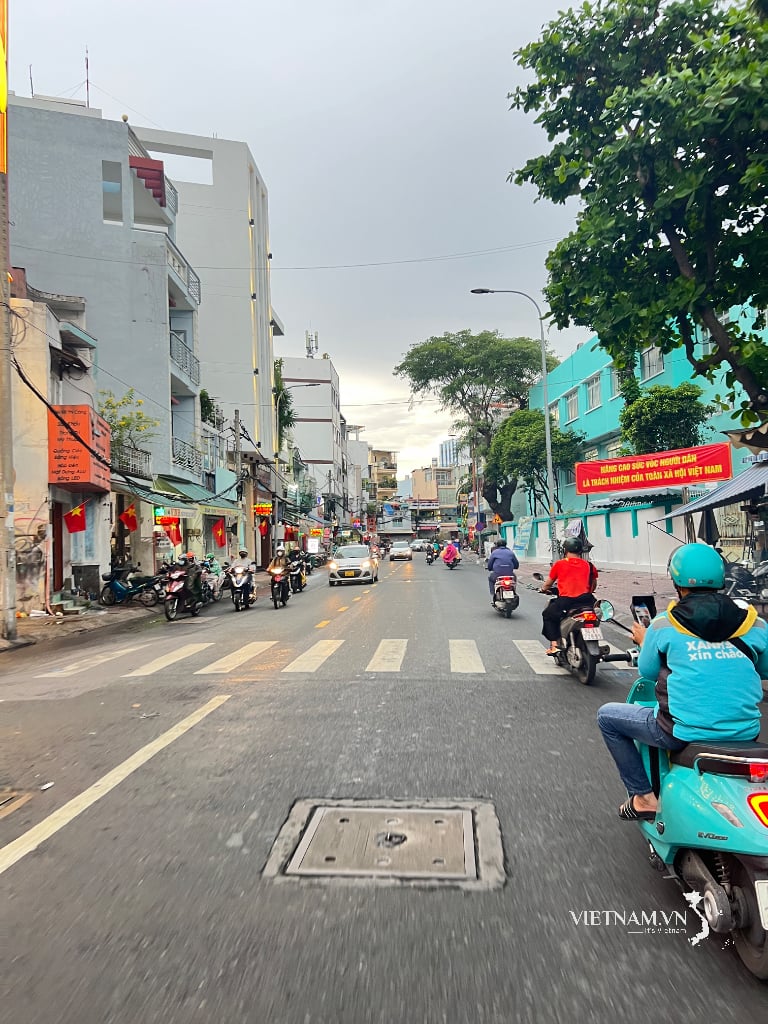


Comment (0)